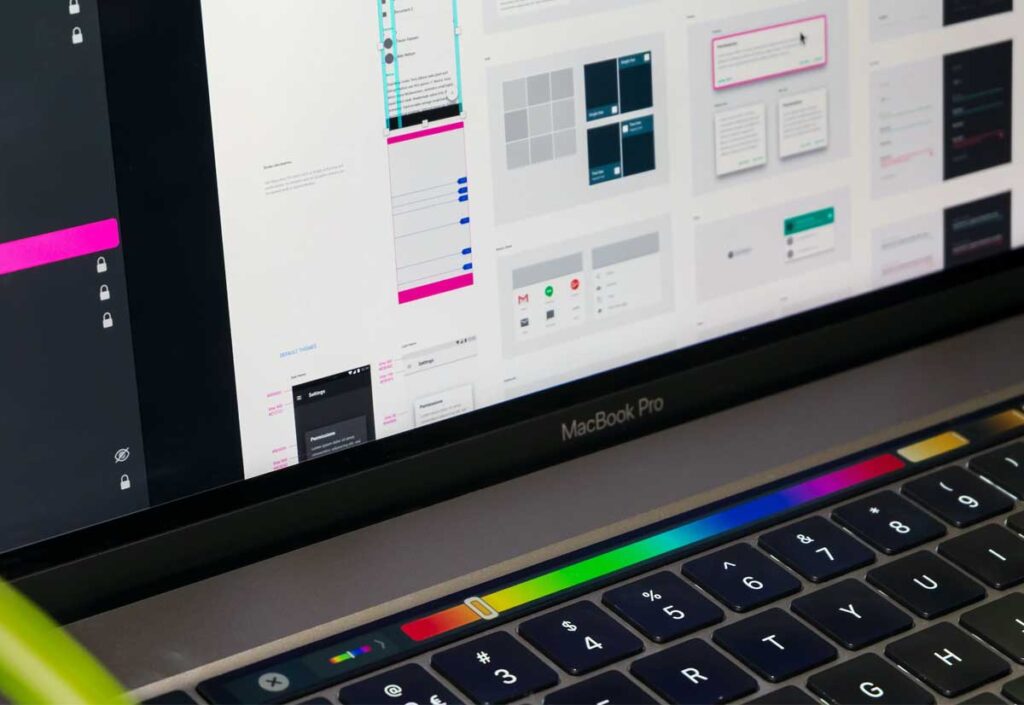Apple Bids Farewell to the Touch Bar. The Touch Bar, Apple’s inventive yet underutilized feature on the MacBook Pro, has reached the end of its era with the release of the M3 processor-powered MacBook Pro. This innovation, conceptualized during an era of ambitious design under Jony Ive, represented a leap towards a dual-screen MacBook experience, akin to an iPad. Initially integrated with Touch ID, the Touch Bar embodied a vision of a touch-centric future, alongside other industry experiments like Lenovo’s eInk keyboard.
Apple Sets the Stage for Next-Gen AI with Siri Enhancements in iPhone 16
Introduced in 2016, the Touch Bar was a product of a more optimistic era. It was a time when touch interfaces and 3D technology seemed destined to replace traditional mechanical inputs. However, despite its potential, the Touch Bar never quite captivated developers or the general public. While it offered unique features like analog control for audio and video and customizable command bars for various applications, its adoption remained limited.
Apple’s implementation of the Touch Bar was polished and functional, yet it remained underappreciated. Its appeal was constrained by its exclusivity to higher-end MacBook Pros, limiting its standard adoption and developer interest. While some companies like Adobe and Pixelmator engaged with it, for many, the development investment for a feature confined to a single model wasn’t justifiable.
The Touch Bar’s decline reflects a broader narrative in the tech world where innovations, no matter how promising, can fade if they don’t align with user needs or broader market trends. Apple’s focus has now shifted to enhancing the core capabilities of its laptops, as seen with the powerful M3 processors. This shift marks a return to prioritizing fundamental computing power and efficiency, areas where Apple has historically excelled and continues to innovate.
Thus, the Touch Bar’s departure symbolizes more than just the end of a feature – it represents a recalibration of Apple’s approach to innovation, focusing on practicality and performance over experimental features.

